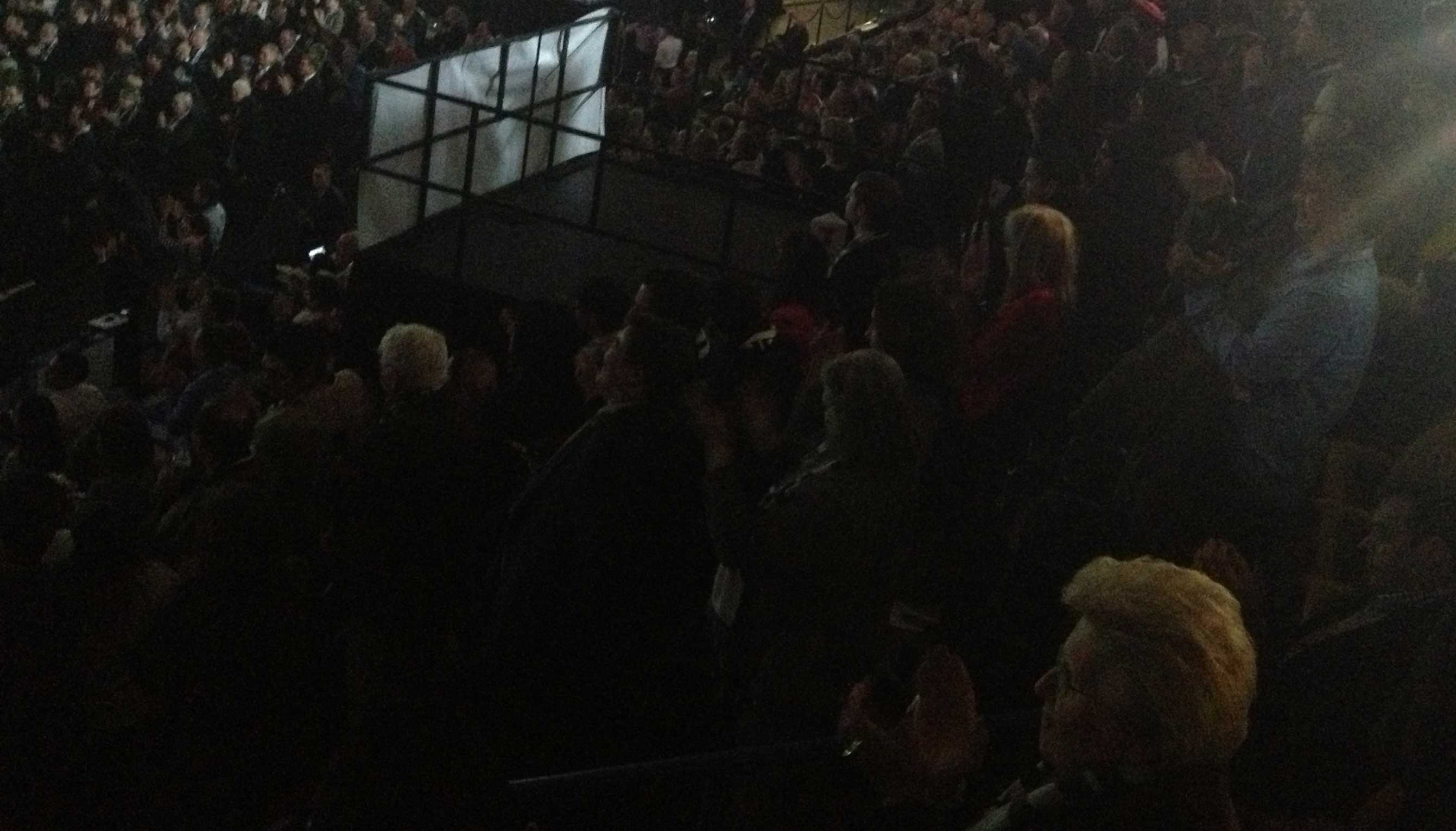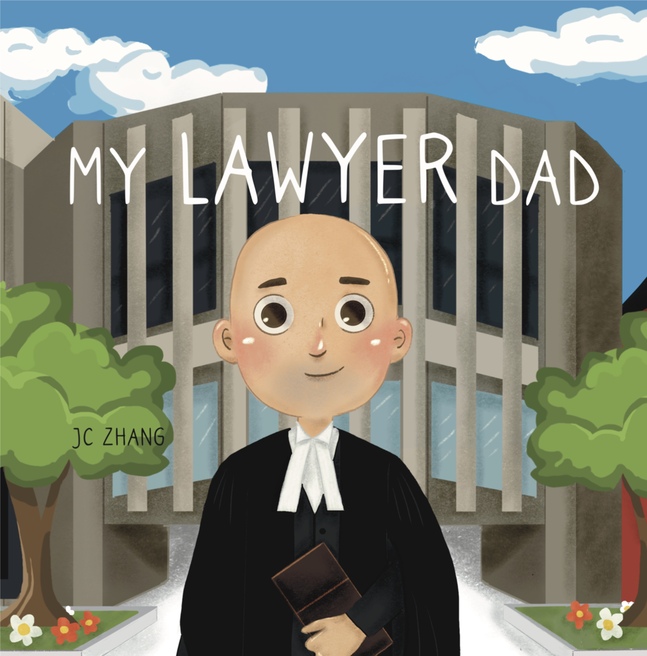Harinder Takhar is No Canadian Obama, but He’s Needed
Eric Hoskins | Gerard Kennedy Sandra Pupatello | Charles Sousa | Harinder Takhar | Kathleen Wynne
Considering my last post about the Kathleen Wynne campaign, you would think Harinder Takhar would be my man. He is, after all, the only visible minority out of any of the leadership contenders.
Most of the accusations against him recently are either irrelevant or unfair. I don’t care much for the critiques of how his personal business was run, or if he came to Canada with $7 or $700,000. What I do care about is what all his detractors are saying about him.
Most were surprised he even did this well, entering the convention with 13% of the delegates, more than Hoskins or Sousa, both extremely promising MPs who were expect to fare quite well. Perhaps you could say that we can expect the unexpected from Takhar. And that’s a good thing.
If hospitality suites are any indication, the Takhar camp by far surpassed every single candidate last night. While some wrapped up by 11 p.m., the Takhar party at Mick E Flynns went all the way to 3:30 a.m.
They’re criticizing him for relying heavily on the South Asian community to produce these delegates. There are accusations of people being bussed in, and minorities in cultural garb who don’t speak English flooding the ballots. They’re basically criticizing him for being able to get people to come out.
The Takhar camp has responded by saying that other leadership candidates are not considerably different. Sousa has drawn heavily on Toronto’s Portuguese community, and Puppatello on the Italian. And that is where the Takhar camp has quite a bit of merit. A quick snapshot of the delegates today demonstrate that his supporters are actually a broad cross-section of people, despite including some minorities. Delegates wearing Takhar pins and those attending his hospitality suite last night are decidedly a substantial cross-section of Canadian society, and not any one ethnic community.
A closer examination of the leadership delegate results does reveal some anomalies. Takhar received nearly half the votes in some ridings like Bramalea—Gore—Malton, Brampton—Springdale and Mississauga—Brampton South as expected. But the interesting numbers are ridings like Dufferin—Caledon, Kitchener—Conestoga, Oshawa and Niagara West—Glanbrook (Hudak’s riding). These are conservative ridings, but Takhar has a disproportionate show in all of these, which added substantially to his delegate count.
In one sense this is a great thing. We can draw on Liberal support in some of the staunchest Conservative ridings. On the other hand, other leadership candidates probably didn’t focus as much on these ridings where less members are present. However, Federal ridings in Ontario have gone predominantly Conservative, and the municipal elections in Toronto have also gone for a right-leaning mayor. Ontario Liberals need to be concerned about holding existing Liberal ridings, and prevent losing them to the Conservatives and NDP.
Supporters among small populations of Liberals in Conservative ridings will not give us that. We need a leader who has strong Liberal support, in Liberal ridings.
Takhar’s significant delegate contingency can easily be a game changer today. Whoever Takhar does end up backing will be sure to appreciate Takhar’s outreach strategies.
Takhar’s ability to reach visible minorities is only a positive thing. We need a dozen more Takhars in the party doing the same thing. But we need a Premier who can lead all Ontarians, not just certain communities. Although I’d love to see Ontario’s first visible minority Premier, Takhar is no Barack Obama.


